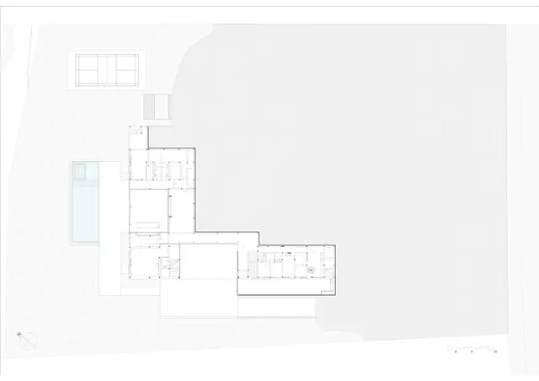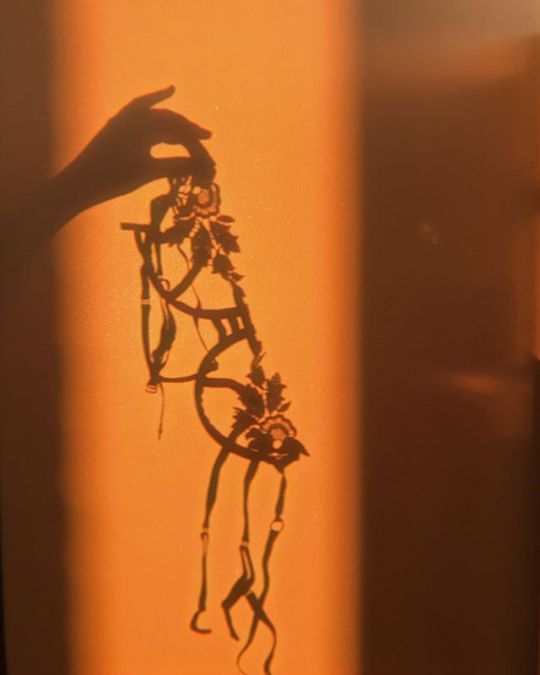Text
221 notes
·
View notes
Text
Witness to a Tragedy: The Discovery of the Polyxena Sarcophagus
In 1994, during a rescue excavation at the Kızöldün Tumulus near Biga in Çanakkale Province, Türkiye, archaeologists unearthed a remarkable artifact: the Polyxena Sarcophagus.
Dating back to approximately 520–500 BCE, this marble sarcophagus is considered the earliest known example in Anatolia featuring figural reliefs.
The sarcophagus is adorned with intricate carvings depicting scenes from the life and tragic death of Polyxena, the youngest daughter of King Priam and Queen Hecuba of Troy.
One side illustrates her sacrifice by Neoptolemos, son of Achilles, at the tomb of his father — a poignant moment rooted in Greek mythology.
Another panel portrays Queen Hecuba mourning beneath a barren tree, while additional sides show ceremonial processions with musicians and dancers.
Interestingly, despite the sarcophagus's association with Polyxena, it contained the remains of a 40-year-old man, suggesting it may have served a symbolic or commemorative purpose rather than being her actual tomb.
Today, the Polyxena Sarcophagus is prominently displayed at the Troy Museum in Tevfikiye village, near the ancient city of Troy.
The museum, inaugurated in 2018, houses over 2,000 artifacts that chronicle the rich history of the region.
In a contemporary reflection on the themes depicted, the museum covered the sarcophagus with a black cloth on 25 November 2024 to mark the International Day for the Elimination of Violence Against Women.
This act aimed to highlight the enduring issue of violence against women, connecting ancient narratives to present-day concerns.
103 notes
·
View notes
Text

I’m not everything I want to be, but I’m more than I was, and I’m still learning.
3 notes
·
View notes
Text
















BGM House, Bragança Paulista, Sao Paulo, Brazil,
Jacobsen Arquitetura
94 notes
·
View notes














